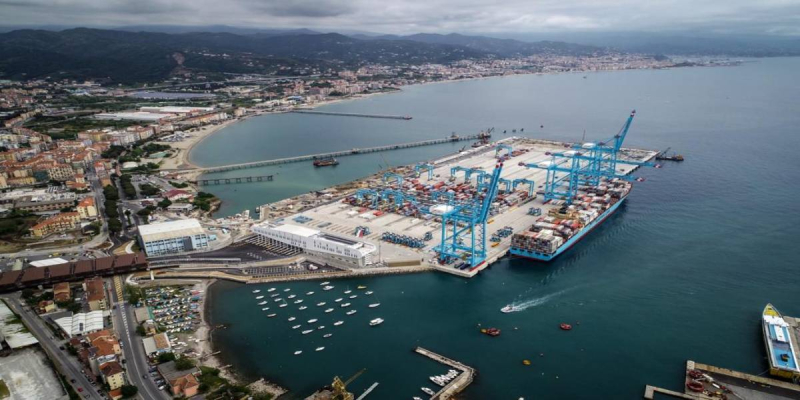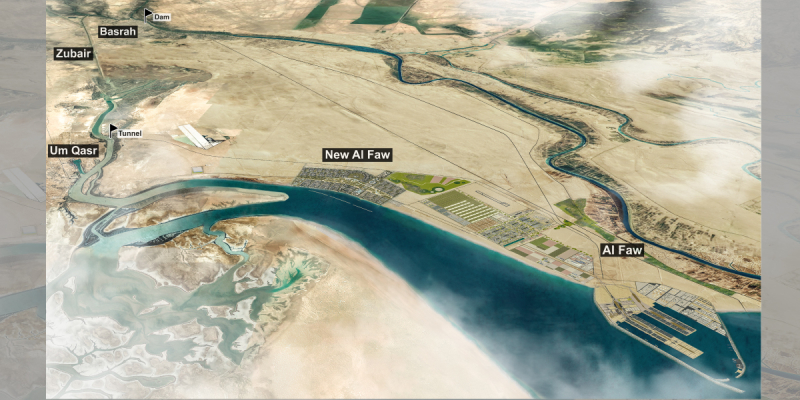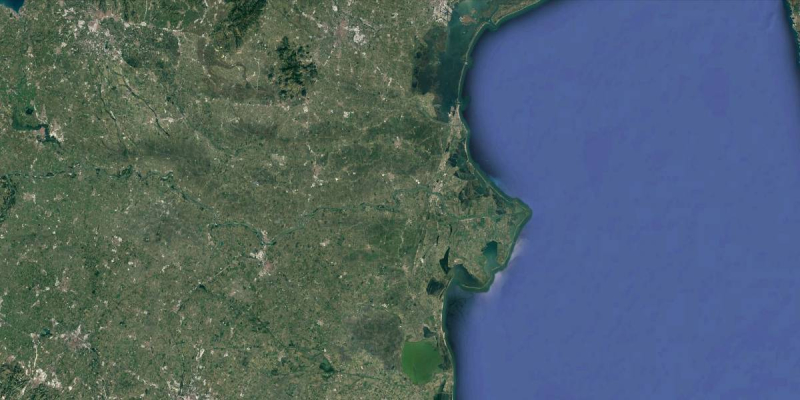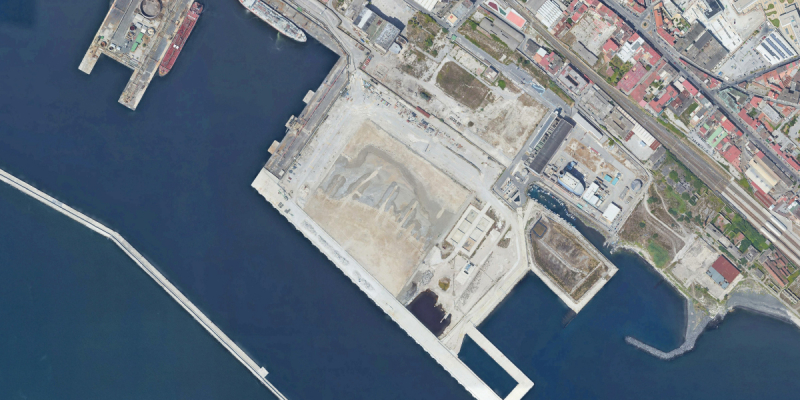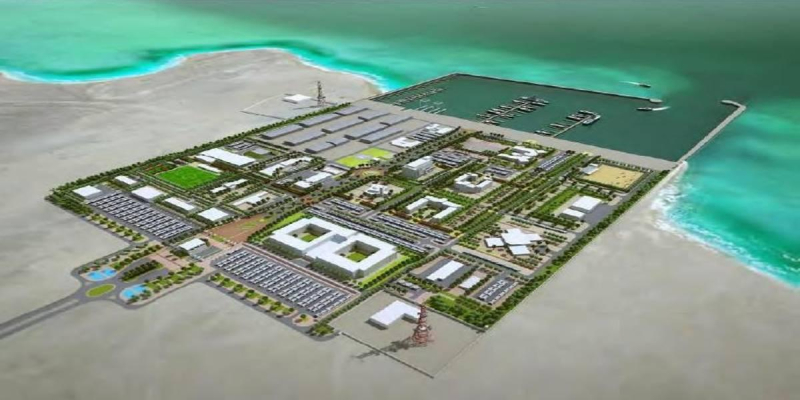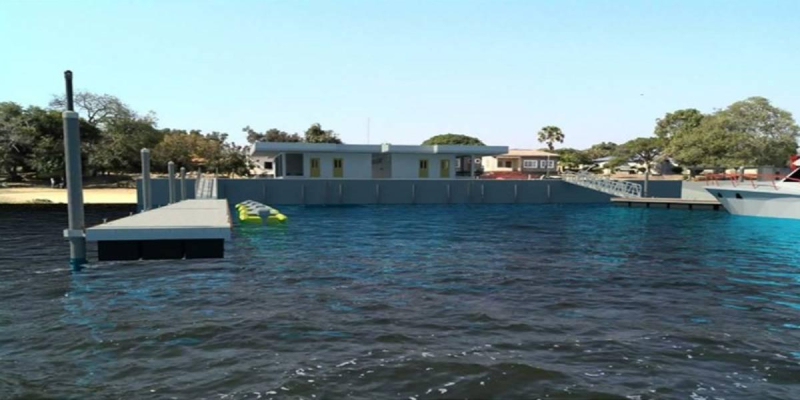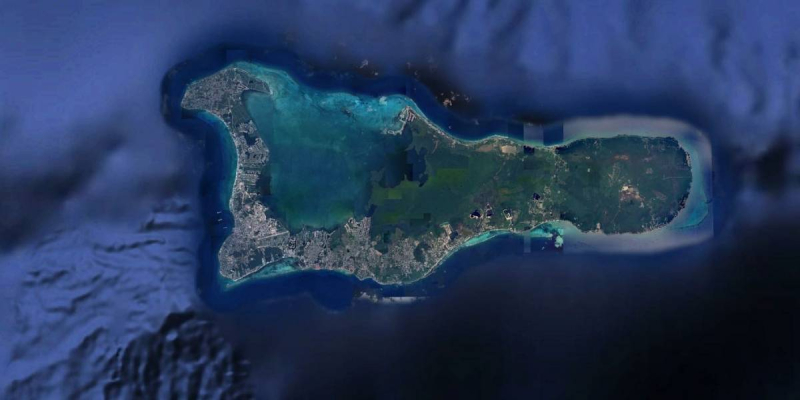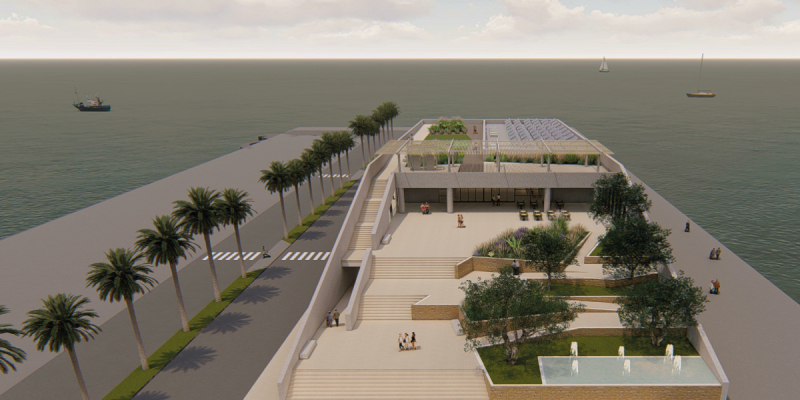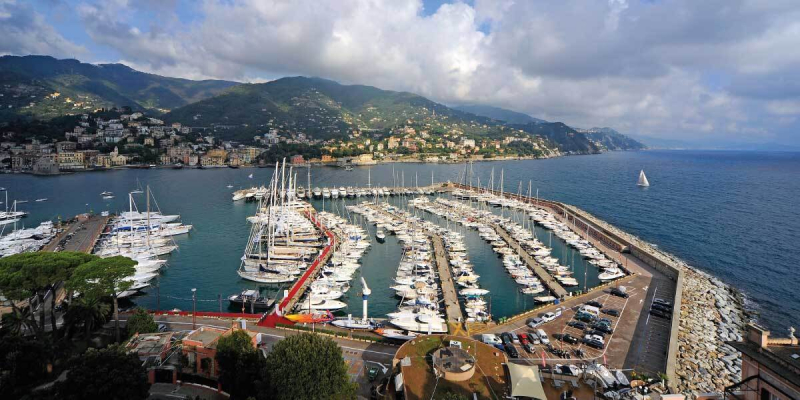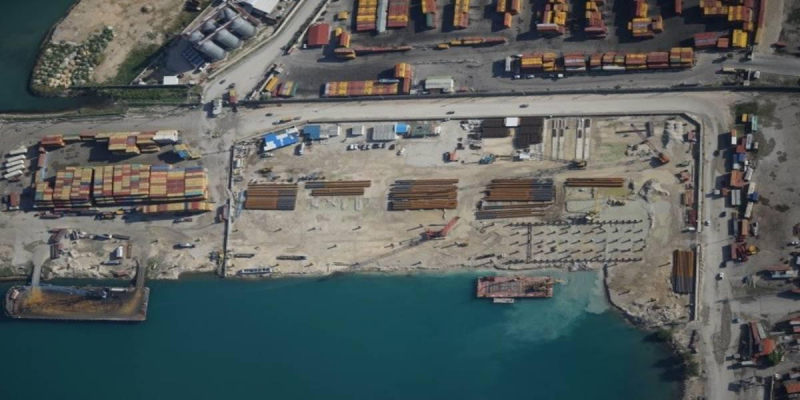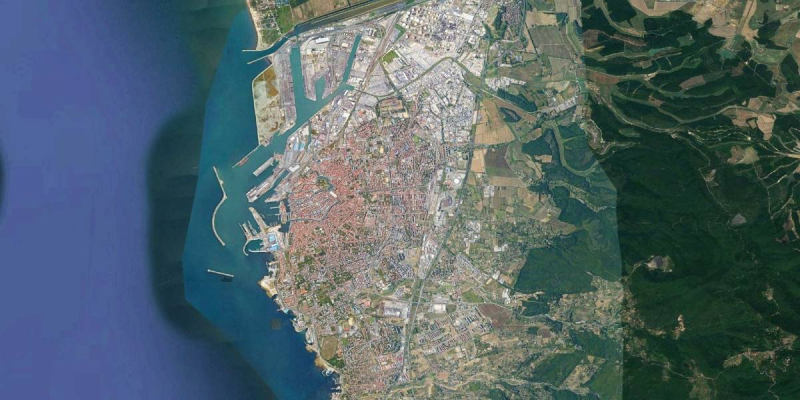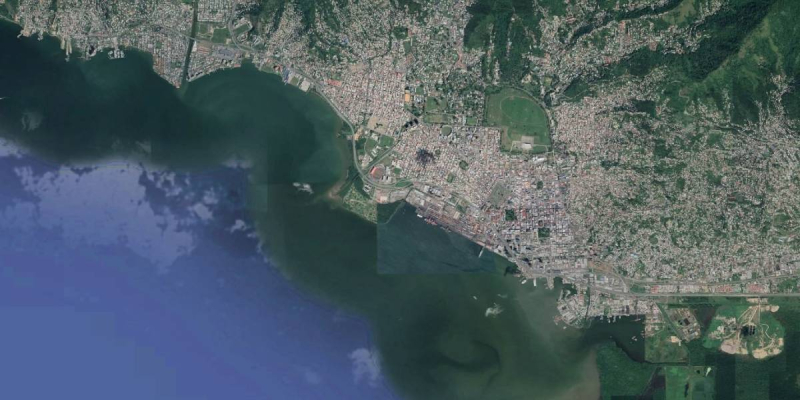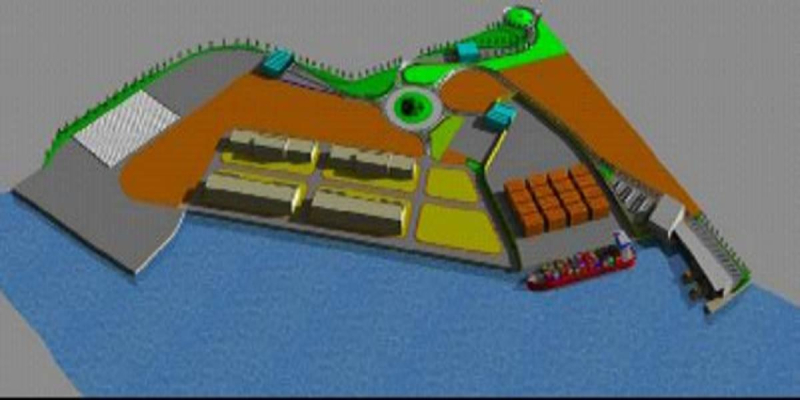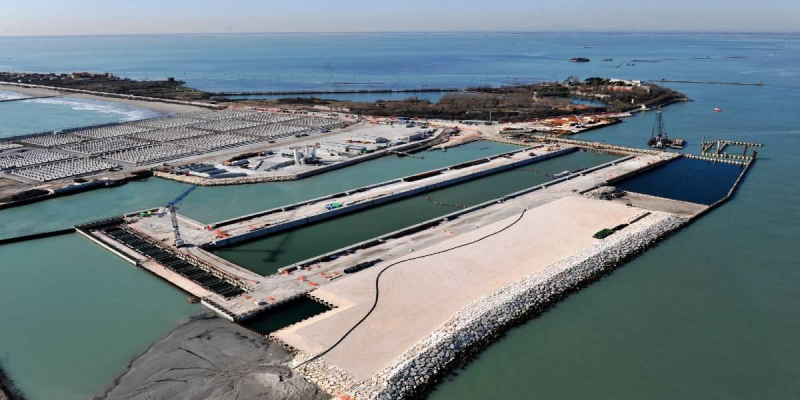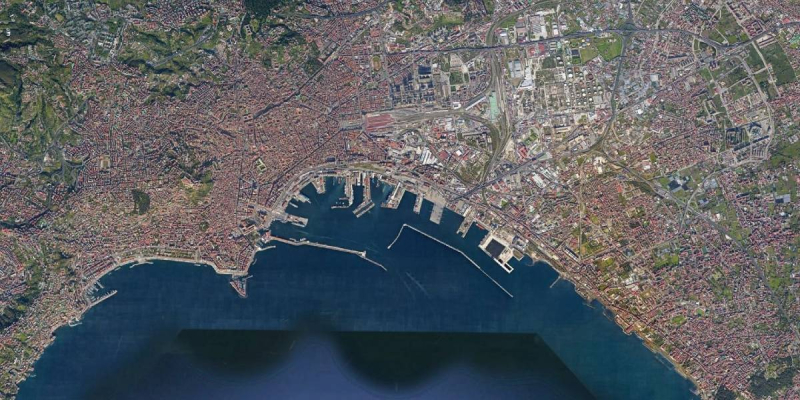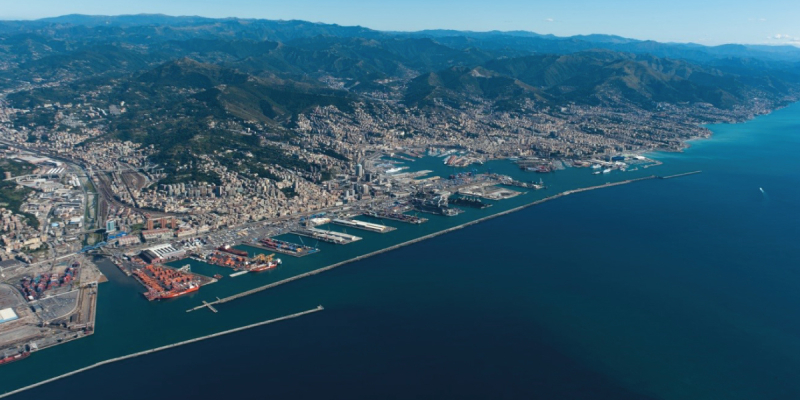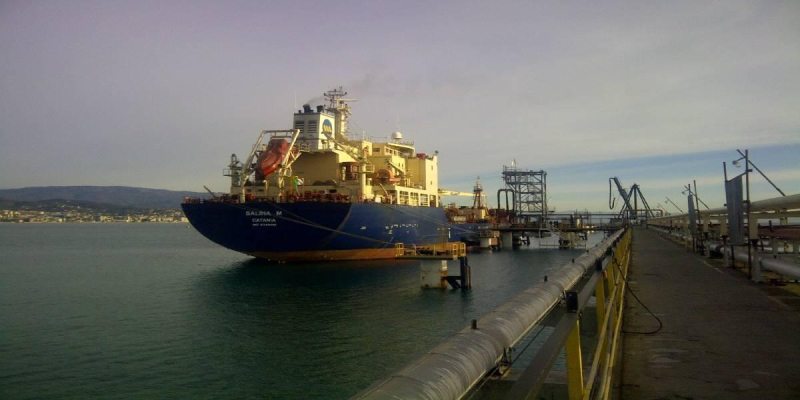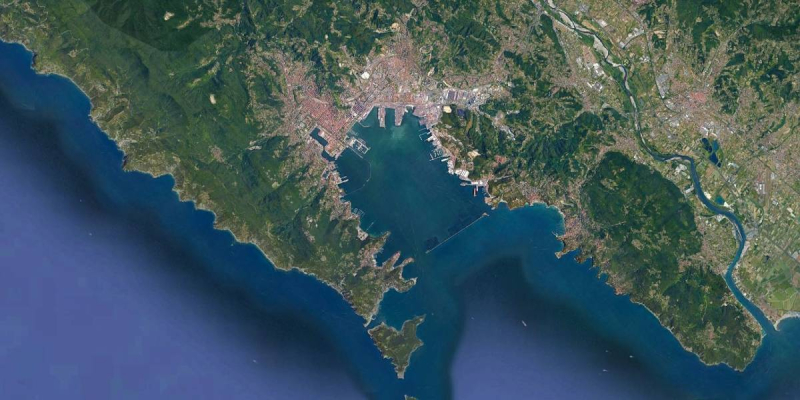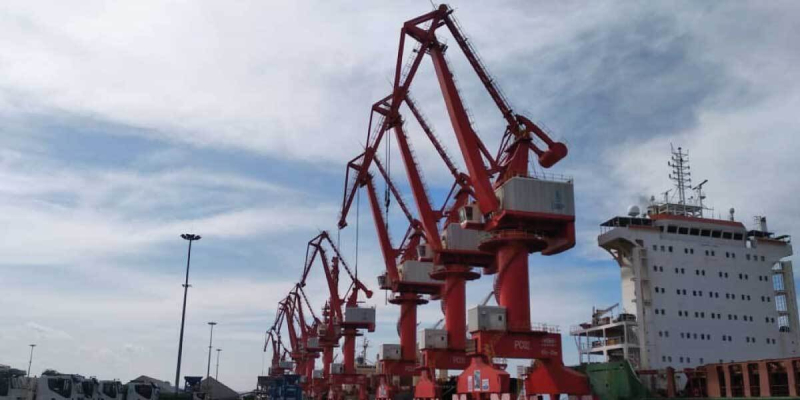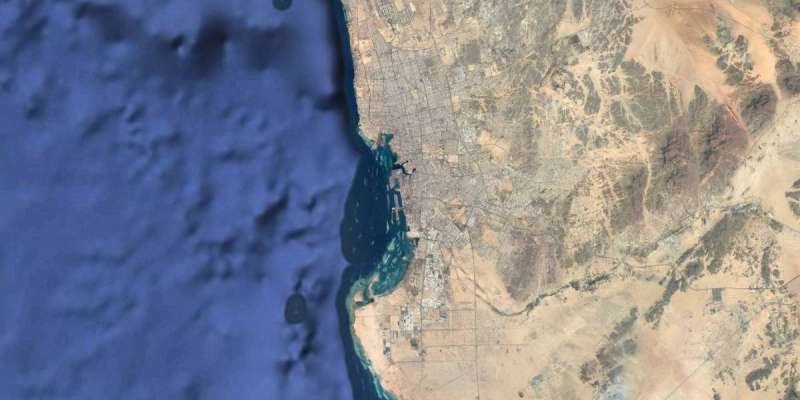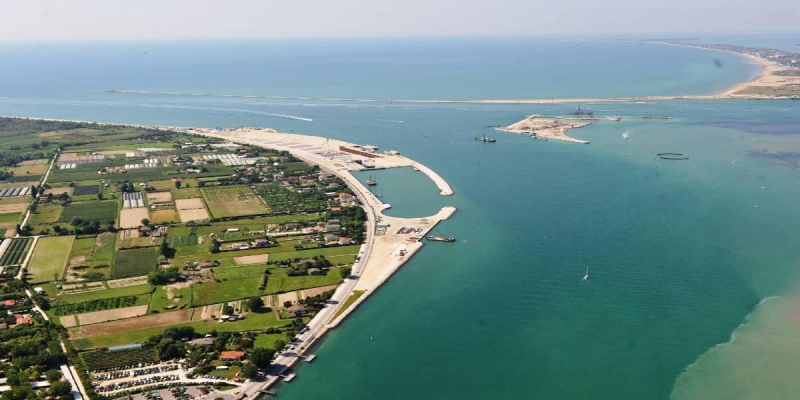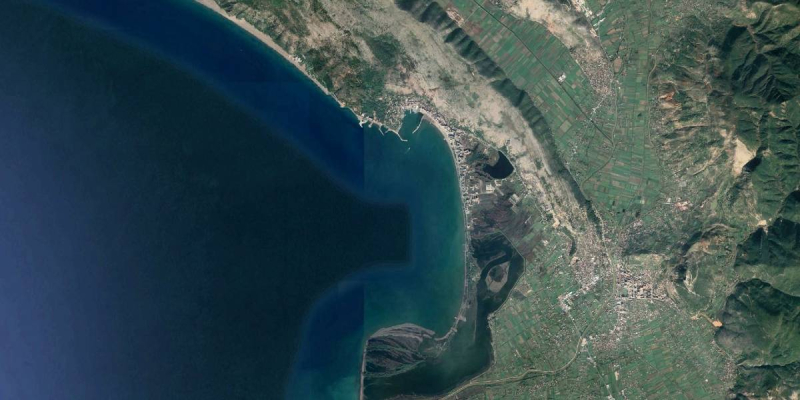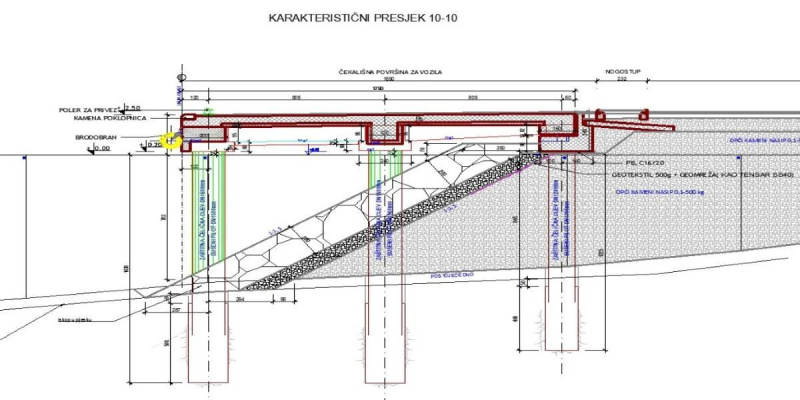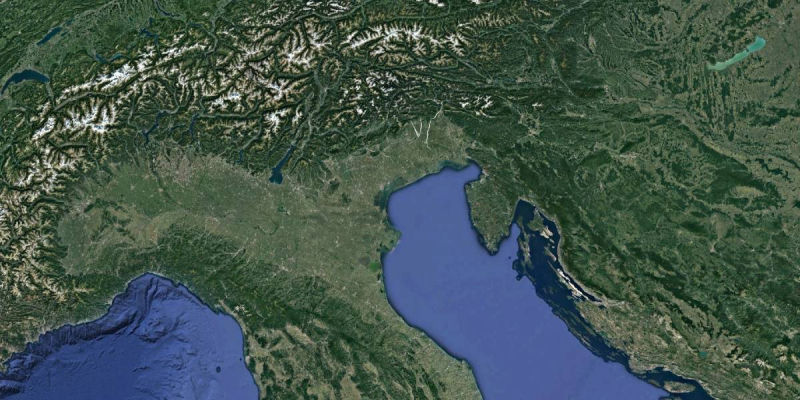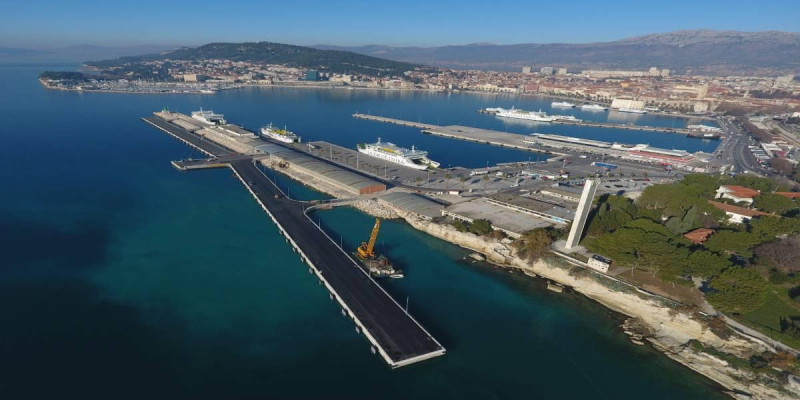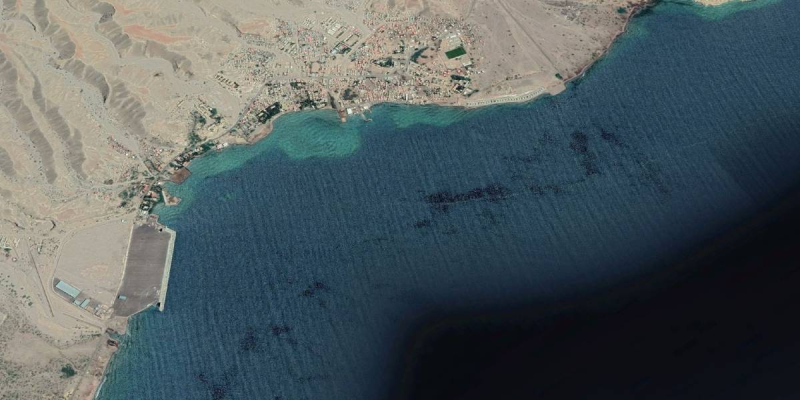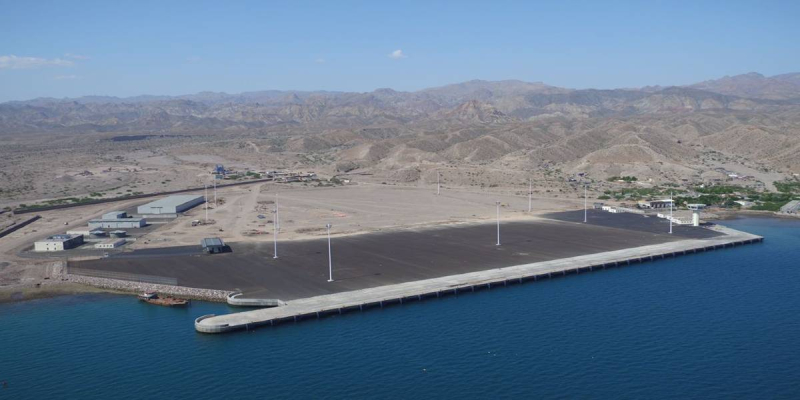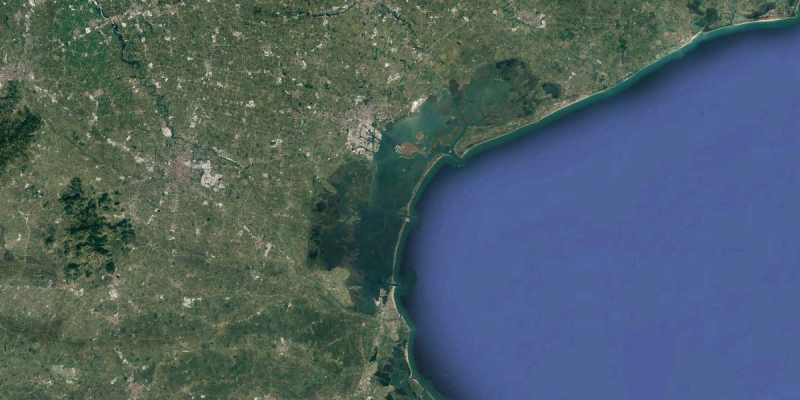
Porti ed idrovie Master Plan portuali e studi della logistica
Study of the Adriatic Gateway (Italy)
The study is organized in three phases, named A, B and C:
Phase A: traffic and marketing study.
The following aspects are analysed:
- freight traffic analysis performed through a comprehensive scheme of the current and future supply and demand of transports in the Mediterranean and European area;
- identification of existing and planned transport infrastructures in Europe (TEN-T projects, maritime services and Motorways of the Sea);
- analysis of regional and global transport demand, especially that related to trade among countries involved in the development of the “Adriatic Gateway”;
Particular attention is devoted to:
- hubs (ports all over the world, in the Mediterranean area and in the Black Sea);
- european existing and planned intermodal / logistics platforms of interest for the Gateway;
- the network of maritime service providers and its potential evolution
The analysis will be supported by a transport model on European scale, i.e. a simulator of freight traffic developed from the database of the TRANS-TOOLS model.
Phase B: definition of excellence models - best practices.
This part involves the following activities:
- definition of an exportable multi-functional port model capable of sustaining, as a single port, both passengers and goods flows;
- definition of the “model” as a combination of single - sectorial - best practices in the infrastructures, services, technologies and innovative systems sectors;
- Division of the port system and the connected logistic hubs into several sub-components such as:
- port infrastructures: breakwaters, access channels, docks, yards and warehouses;
- road infrastructures: port roads and external links/junctions;
- rail infrastructures: junctions and rail links with the external rail network;
- port superstructures: loading and unloading cranes for the docks and yards.
- Identification of indicators for each sub-component so as to ensure the best operating conditions - or at least the minimum requirements - to achieve excellence.
- Consideration of environmental sustainability as paramount in the definition of best practices.
Phase C: planning of the “Adriatic Gateway”.
This final part involves the following activities:
- The creation of a detailed action plan:
- to implement new infrastructures (or renovation/strengthening of the existing ones) and related priority
- to expand the offer of logistics services and define new services to meet the traffic forecasts, to drive the customers’ preference and create/strengthen a different kind of access, all in an environmentally sustainable way.
- The Concept Design, as result from the integrated analysis of intervention proposals derived from:
- the diagnostic analysis of ports and their infrastructures;
- the analysis of existing services and SWOT analysis;
- a modelling analysis and market assessment (traffic forecast).
- A preliminary economic-financial analys
The Gateway planning will allow the resolution of critical issues identified during the system diagnostic phase and also the accommodation of potential critical situations; it will provide the interconnection of the gateway to the surrounding territory, to the port hinterland and to major multimodal corridors, thus verifying its technical – financial feasibility and the exportability of the model to similar context.
Cliente
Ministry of Transport - Italy
Luogo
Italy - Slovenia
Servizi
Feasibility Study, Concept Design
Costo dei lavori
N.A.



